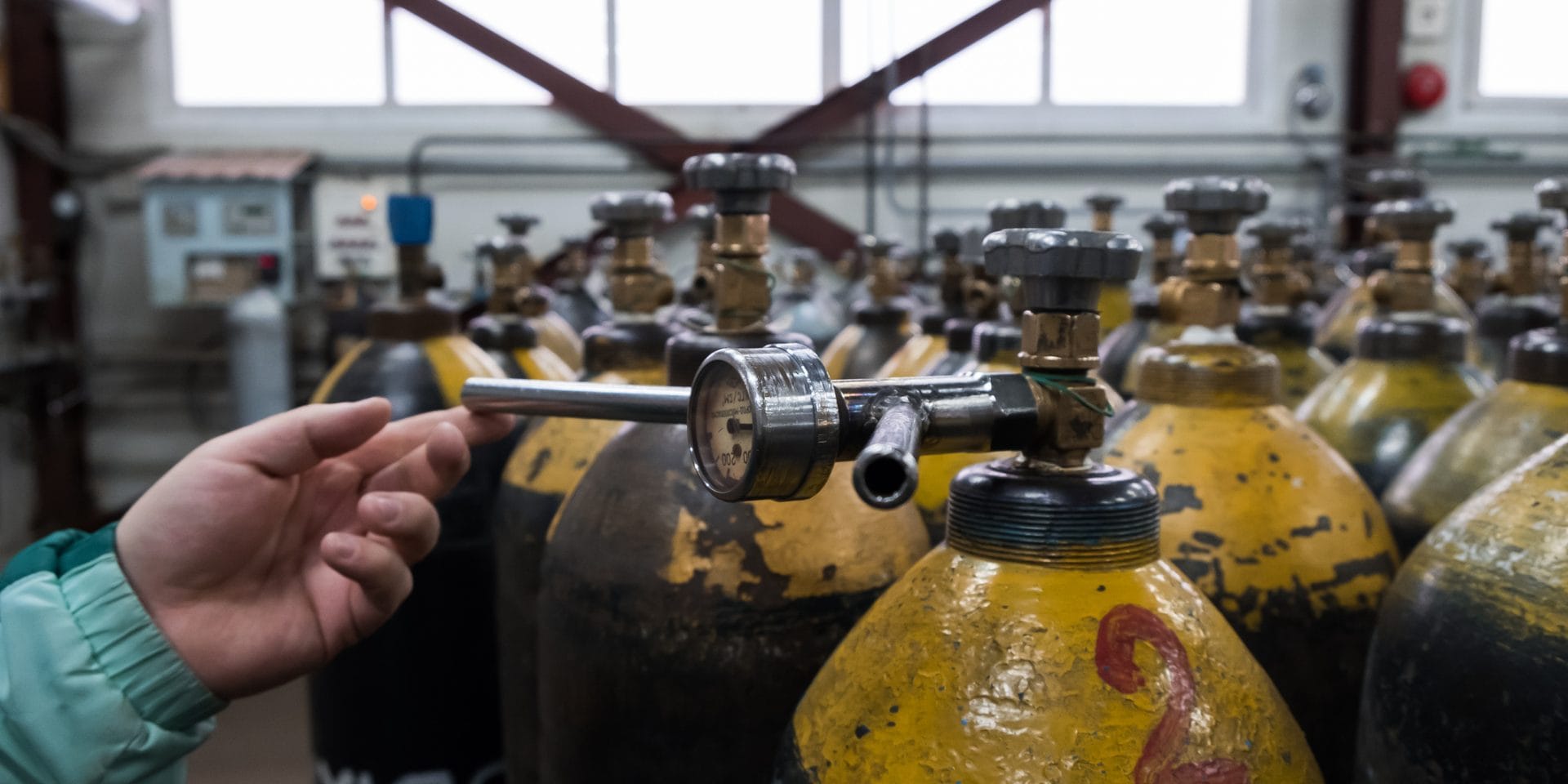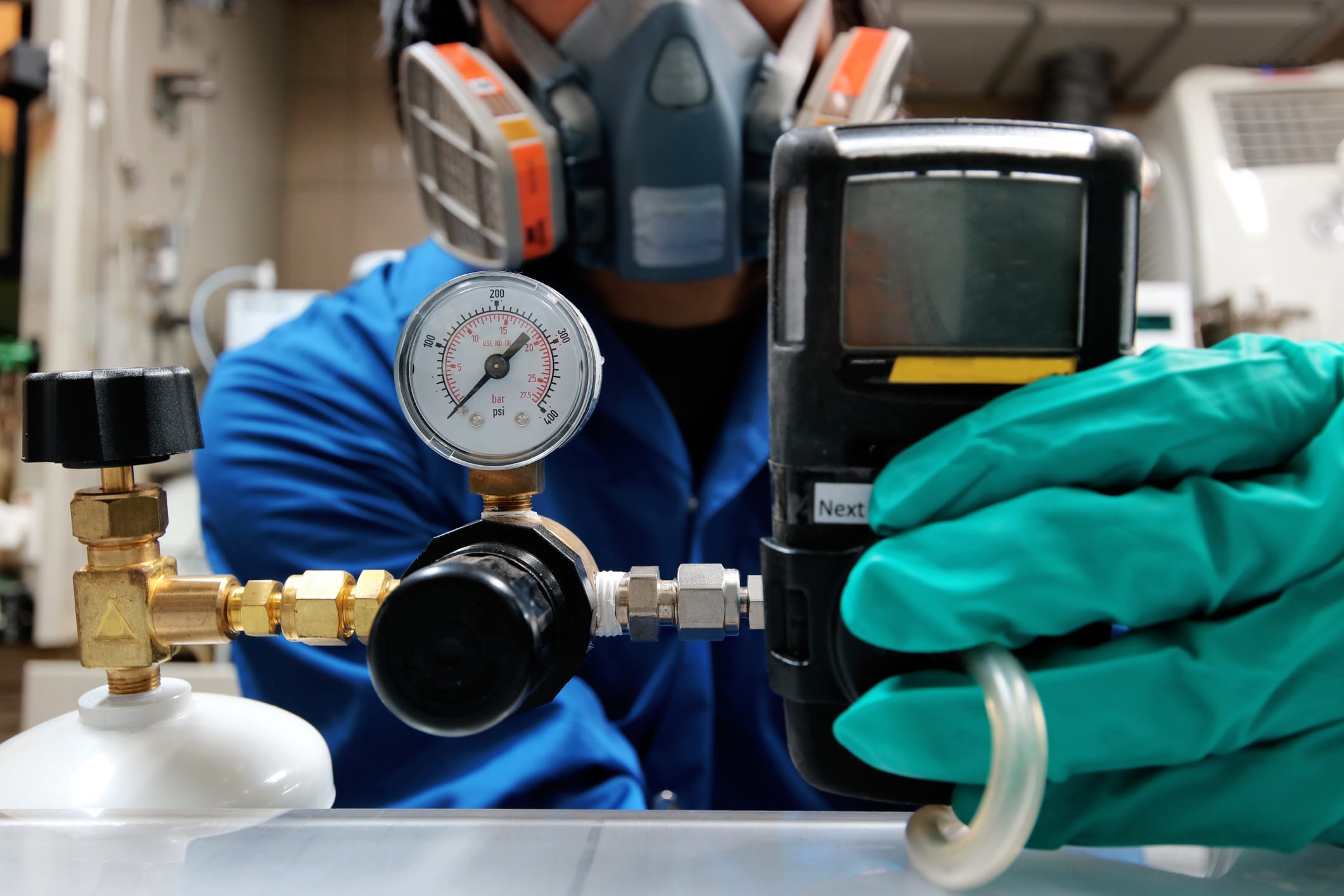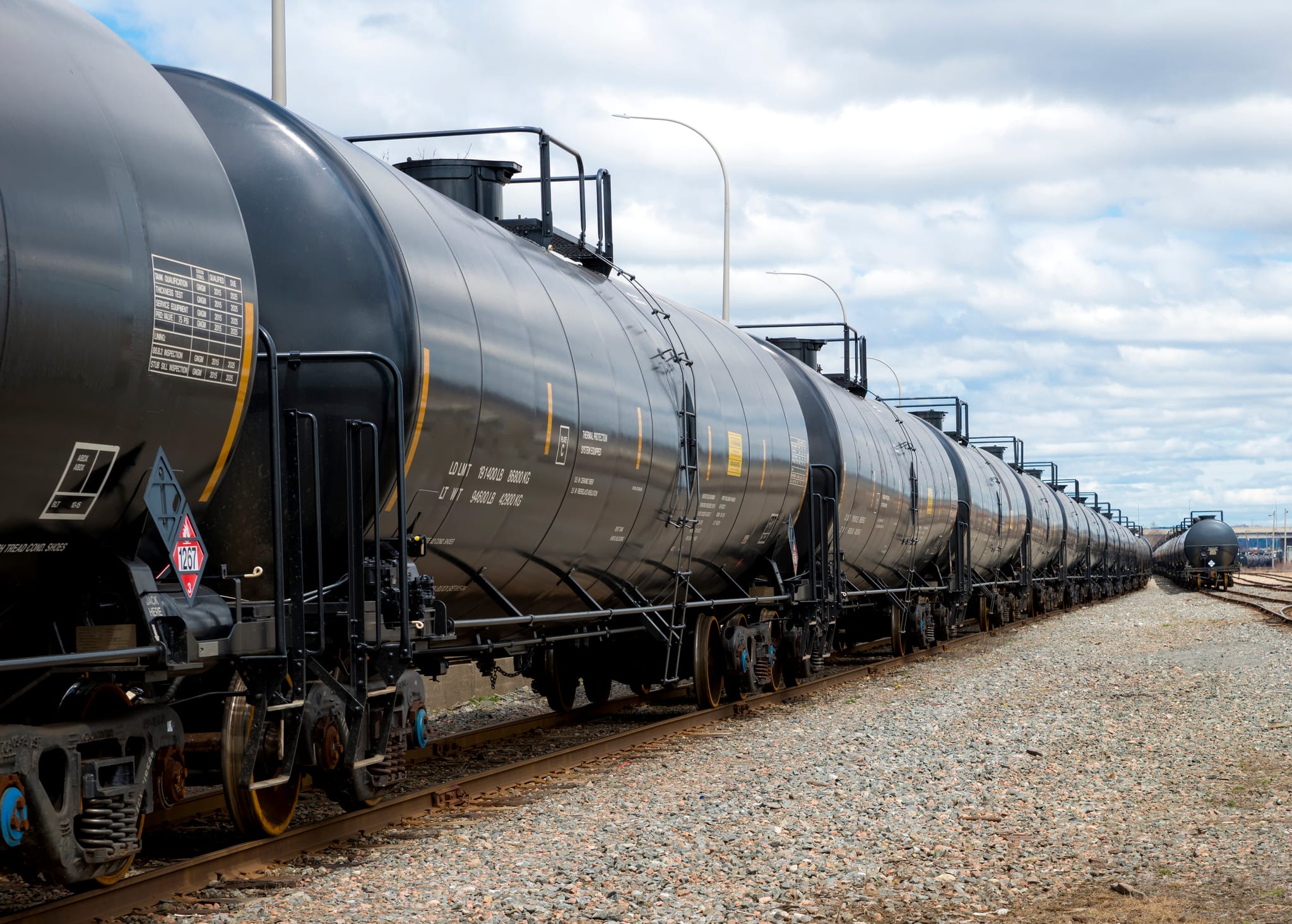Gas Regulations Across Industries
If your business relies on gases—whether in healthcare, manufacturing, or food production—staying compliant with regulations is essential.
Why Compliance Keeps Everyone Safer
Beyond the paperwork, following gas safety rules not only protects your team and reduces environmental impact but also prevents operational disruptions, ensuring the stability of your business. Here’s a closer look at how regulatory standards apply to various sectors and what practical steps you can take to keep things on track.
The Role of Regulatory Bodies in Gas Safety
When it comes to gas safety, several key organisations keep things in check:
- Health and Safety Executive (HSE): The HSE sets standards for workplace safety, particularly in handling gases. Following their guidelines is the best way to keep employees safe from potential hazards like leaks and accidental exposure.
- Environment Agency (EA): If you’re using gases that might impact air quality or the surrounding environment, the EA oversees standards that can help minimise your footprint. More customers expect sustainable practices, so following EA standards benefits both safety and reputation.
- Department for Transport (DfT): The DfT regulates the safe movement of gases by road, rail, and sea. With hazardous materials in transit, even minor incidents can have serious consequences.
Specific Regulations by Industry
Each industry has unique standards for gas use, storage, and handling. Here’s a quick guide for each:
Manufacturing and Industrial
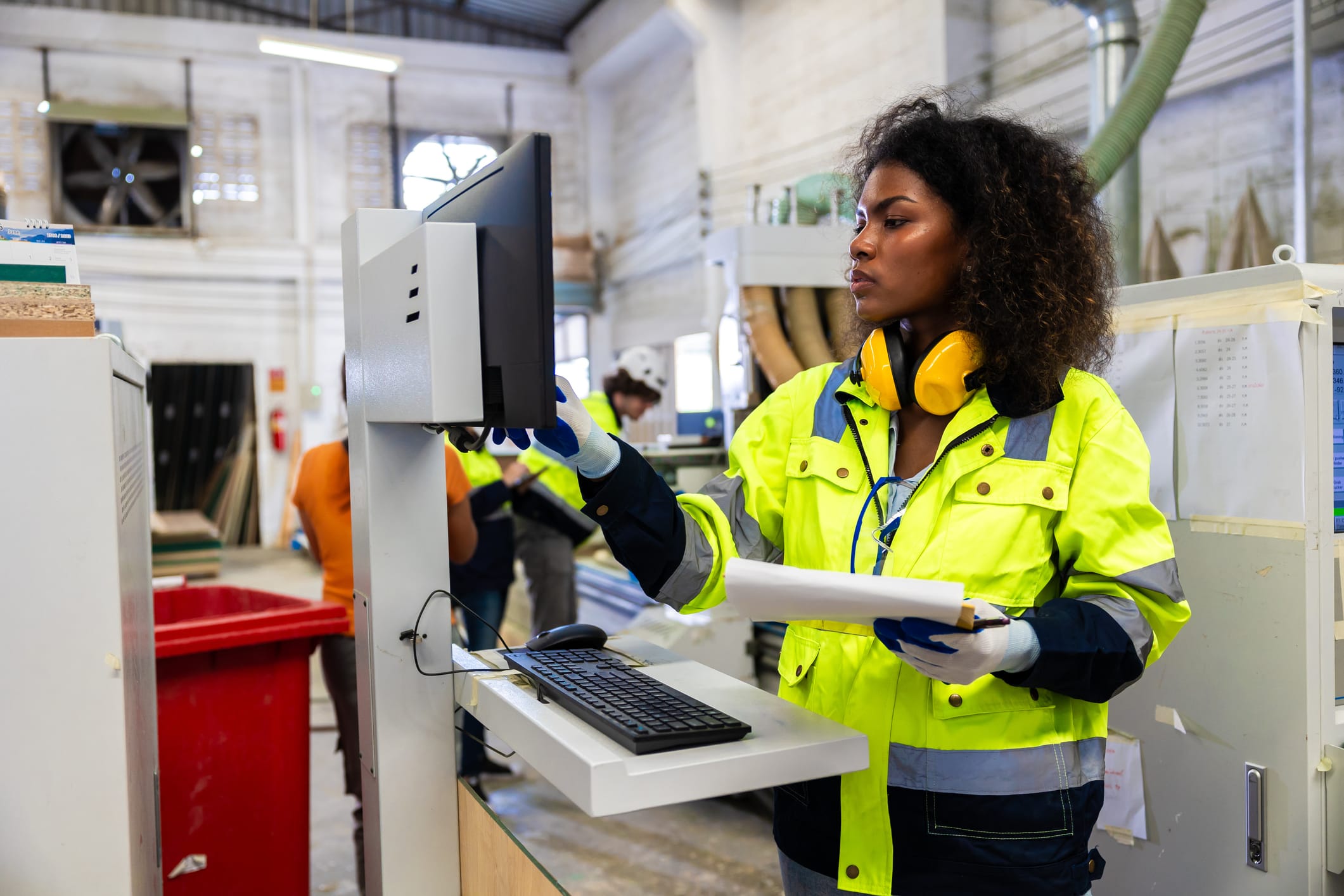
In manufacturing, gases play a vital role in processes like welding, cutting, and heating. Given the high pressures and flammability involved, strict storage and handling rules help prevent accidents and downtime.
- Safe Storage and Handling: The HSE mandates clear storage practices for industrial gases. Cylinders should be upright, secured, and kept in a well-ventilated area away from anything that could cause combustion. Anyone handing gases mush have the appropriate safety equipment available to them.
- Regular Equipment Checks: To keep things running, equipment used to regulate gas flow and pressure need routine inspections. Early detection of defects can prevent costly breakdowns and potential hazards.
- Waste Disposal: Proper disposal of gases past their shelf life or no longer needed helps avoid safety and environmental issues. This keeps the workplace safe and meets EA requirements.
Healthcare
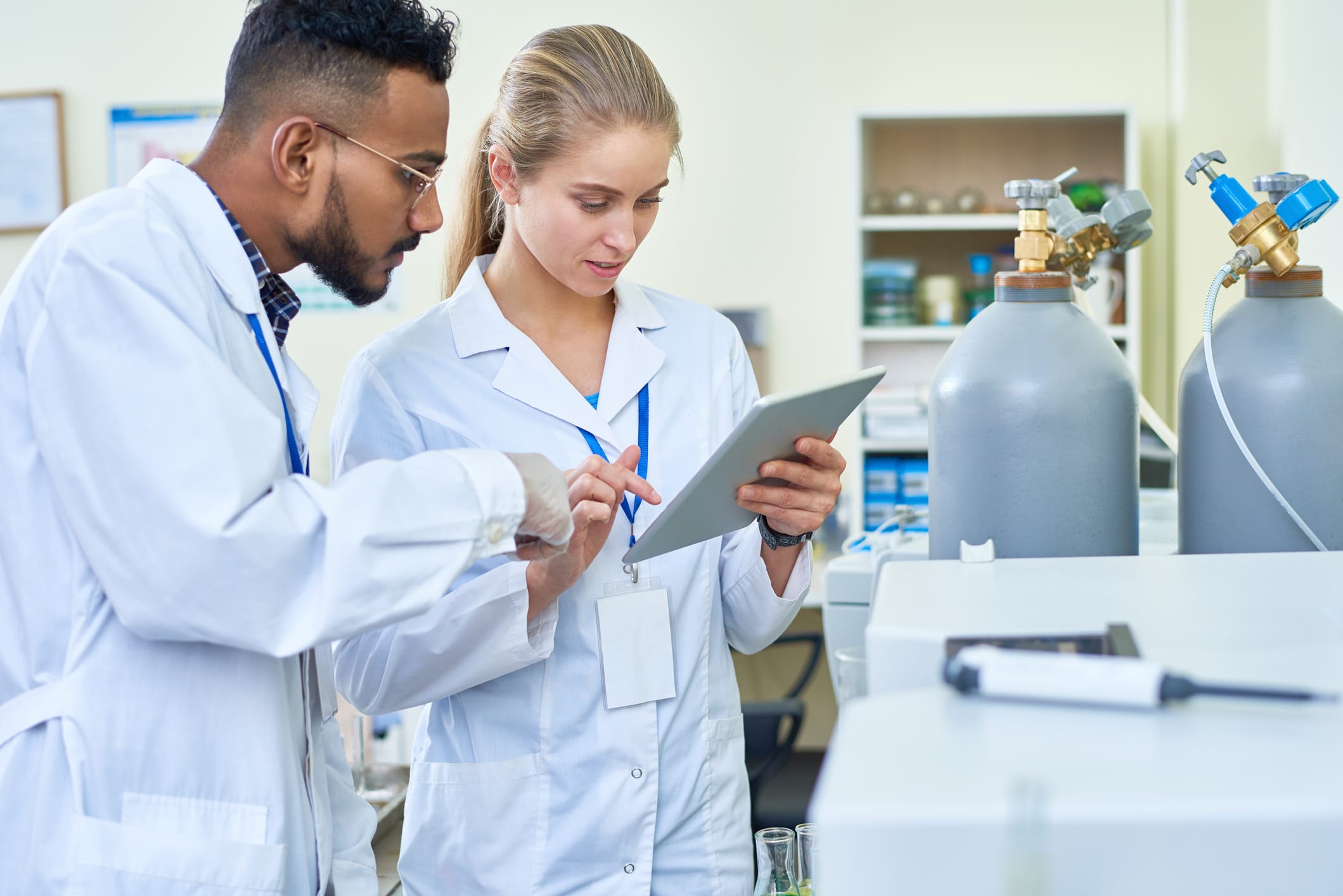
Gases used in healthcare, like oxygen gas and nitrogen, have especially high standards because they directly impact patient health. The Medicines and Healthcare Products Regulatory Agency (MHRA) oversees these regulations.
- Purity and Certification: Medical gases must meet strict purity requirements to ensure patient safety. Hospitals and clinics need supplier certifications to verify quality.
- Emergency Protocols: Healthcare facilities are required to have emergency procedures in place, like shut-off protocols in case of leaks. Staff should know exactly how to respond, reduce risks, and ensure compliance.
Food and Beverage
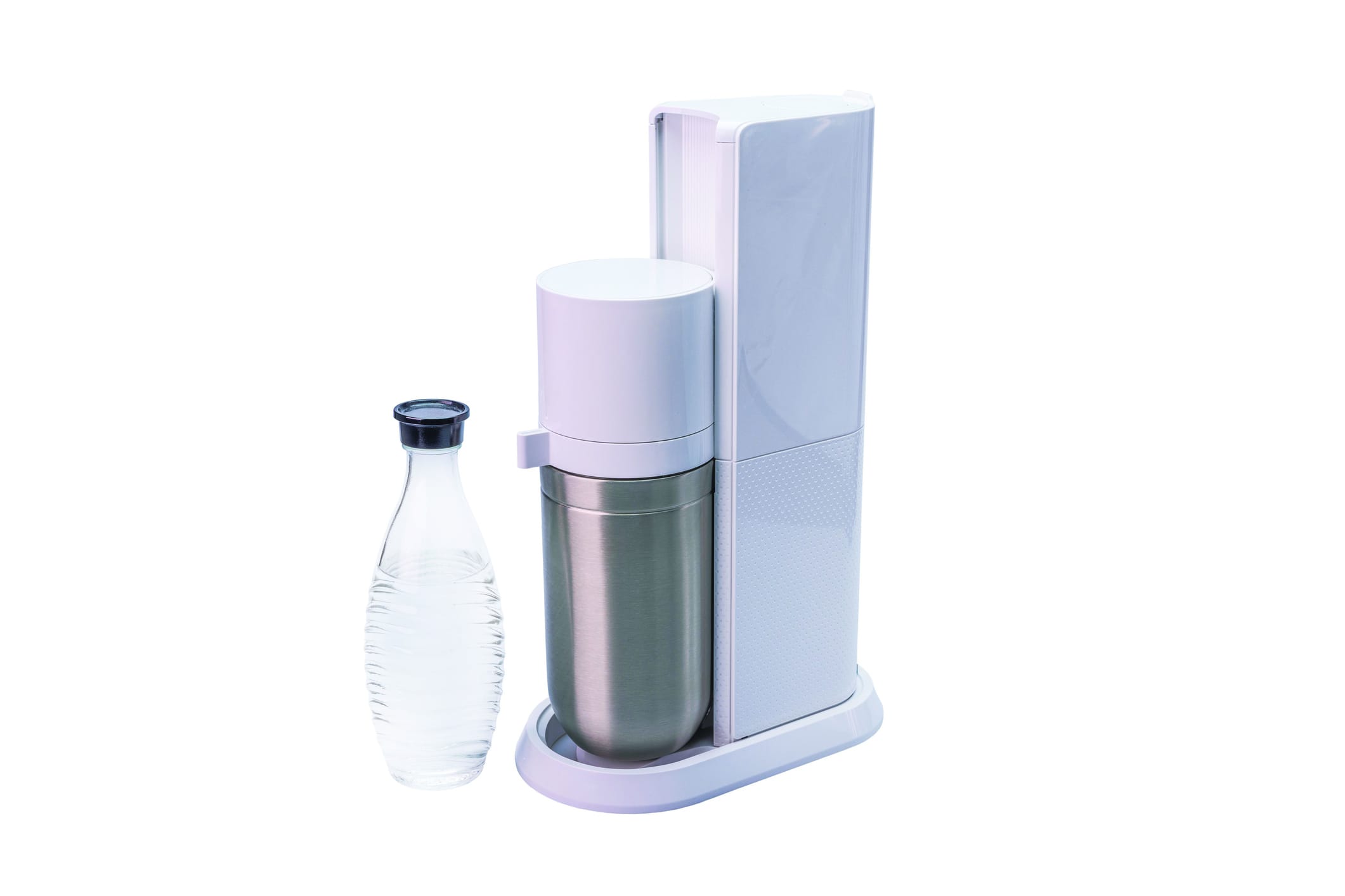
The food industry use gas in many ways from CO2 in soda streams to packaging. The Food Standards Agency (FSA) regulates this sector, ensuring purity and safety.
- Food-Grade Standards: Any gas that touches food must be certified as food-grade, meaning it’s safe for human contact or consumption. Clear labelling and storage rules help avoid contamination.
- Avoiding Cross-Contamination: Storage rules are essential to keeping food-grade gases separate from other industrial gases and ensuring everything meets FSA standards.
Transport and Storage
Transporting of dangerous gases requires following DfT’s safety guidelines to minimise accidents on the road. These guidelines are designed to protect everyone from the driver to bystanders:
- Proper Labelling: Clear labels are mandatory for gas containers to indicate their contents and hazard level. This simple step helps emergency responders act fast if needed.
- Safe Loading Practices: DfT mandates secure loading to prevent cylinders from shifting during transport. Drivers must know safe loading and unloading practices to prevent accidents.
- Training and Certification for Drivers: Transporting gases requires certified drivers who understand the potential risks. Regular training helps them stay prepared and compliant.
On the storage side, keeping gases in a cool, ventilated space, ideally between -20°C and 65°C, minimises risk. Storing them away from direct sunlight and ignition sources is crucial, especially for volatile gases.
Compliance in Practice
Following compliance steps isn’t about meeting legal requirements—it keeps operations smooth and reduces risks. Here are some practical ways to keep your business safe:
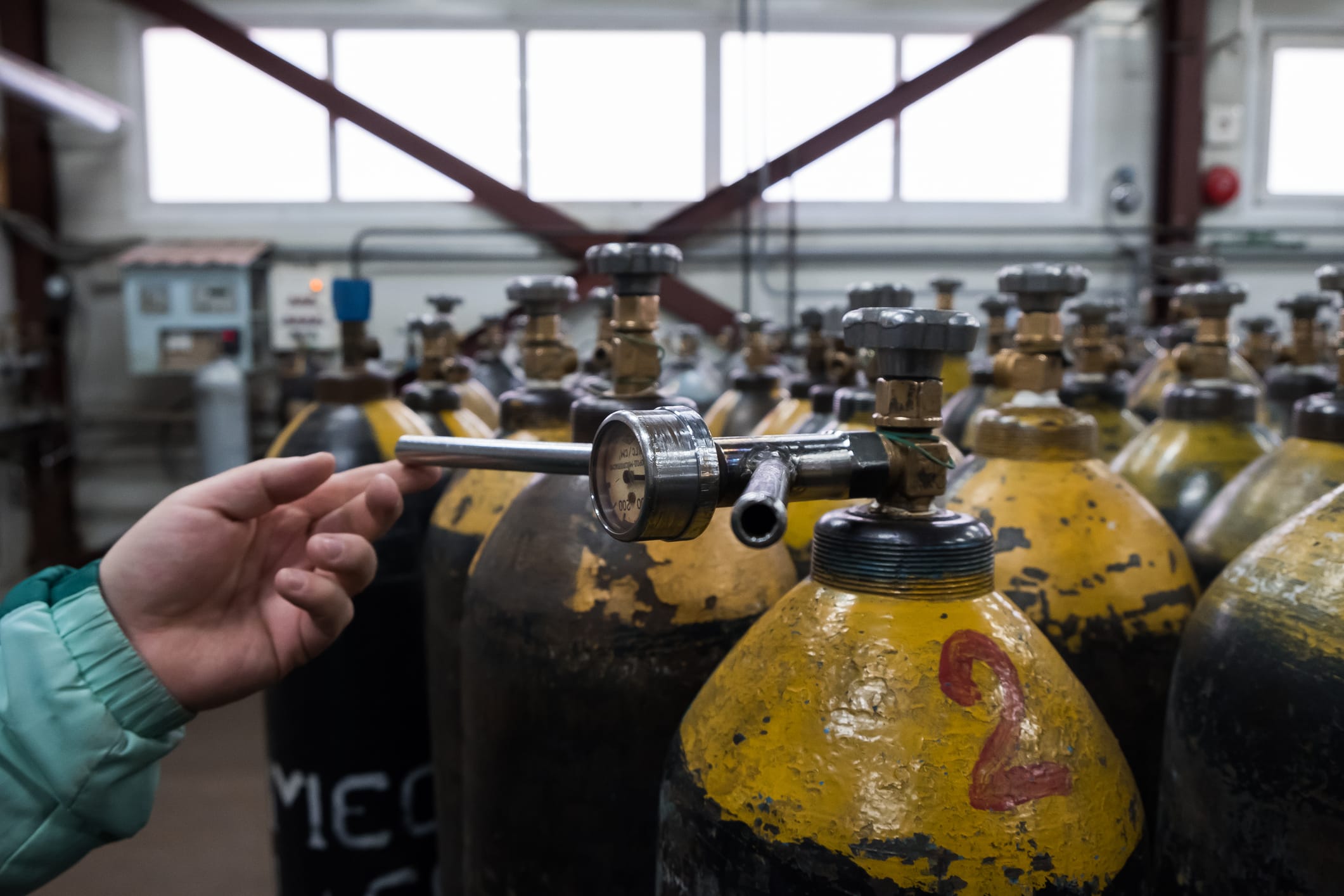
- Monitoring Cylinder Conditions: Most cylinders need to stay within specific pressure and temperature ranges to prevent problems. Regular monitoring and posting guidelines in storage areas can help you avoid issues without needing intensive checks. If you handle large quantities, consider installing temperature and pressure monitors for extra assurance.
- Spotting and Preventing Leaks: Gas leaks are a serious hazard, but simple leak-detection methods—like a soap solution—can help catch issues early. A set protocol for leak management keeps your team prepared so everyone knows how to act if there’s a problem.
- Keeping Track of Documentation: Solid documentation, from inspection records to supplier certifications, is part of staying compliant. It’s good practice to keep this information organised and easily accessible, especially as agencies like the HSE or EA might request it during an inspection.
- Training Staff: One of the best ways to maintain a safe workplace is to keep your team informed on safe handling practices and privy to any new regulations. Routine training sessions should be scheduled into work calendars to ensure everyone understands the risks, how to use equipment, and what to do if something goes wrong. This ongoing training instils confidence in your team’s ability to handle hazardous materials.
Staying on Top of Regulatory Changes
Regulations regarding gas use don’t stay static; they evolve along with environmental standards and safety practices. Working with suppliers who provide regular updates on compliance changes, like Adams Gas, can also make this easier.
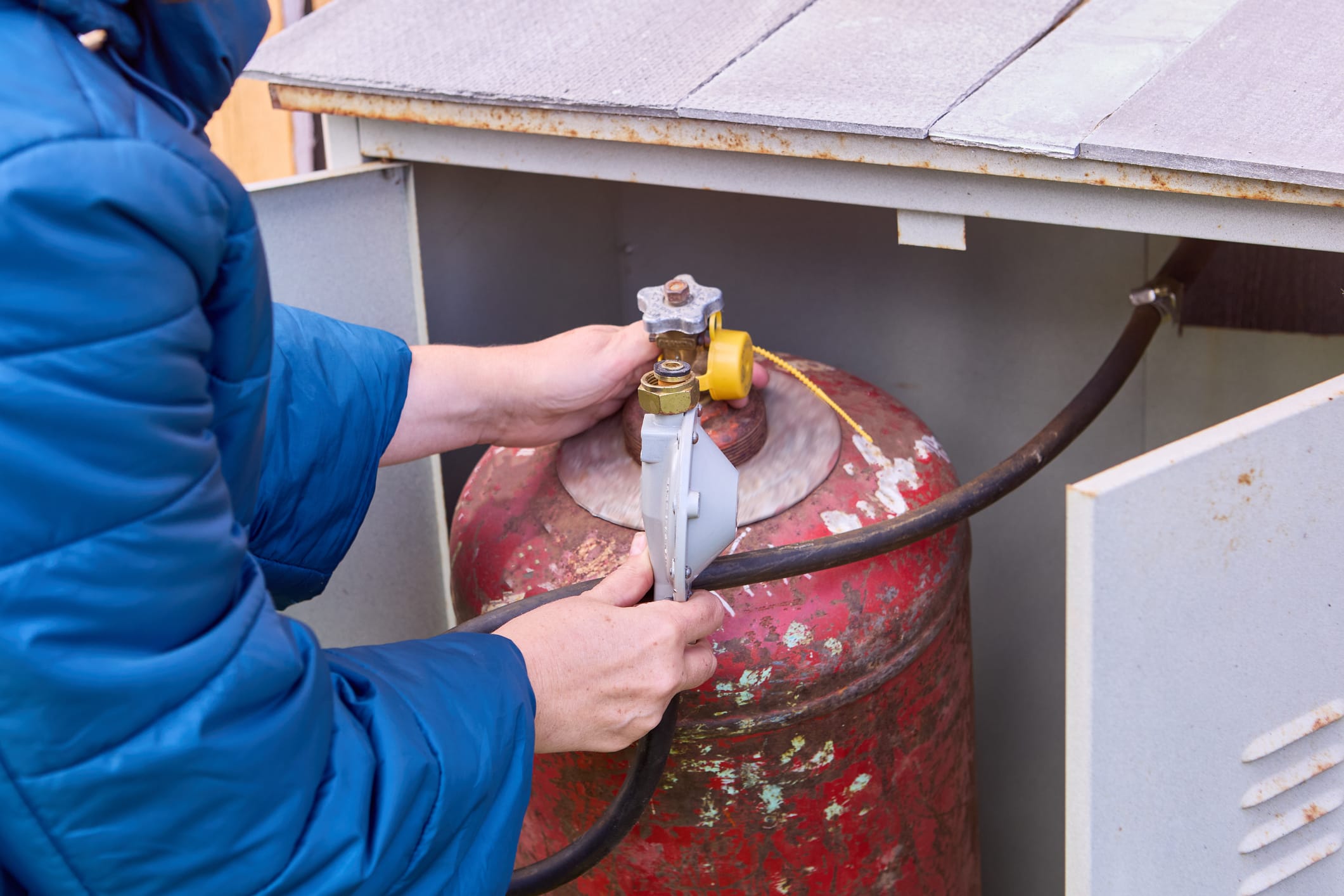
How we can help
Meeting gas safety regulations is more than a formality. It’s about protecting people and the environment, ensuring smooth operations, and staying aligned with legal requirements. For anyone managing procurement or safety, get in touch with us today and we can answer any questions you have.
